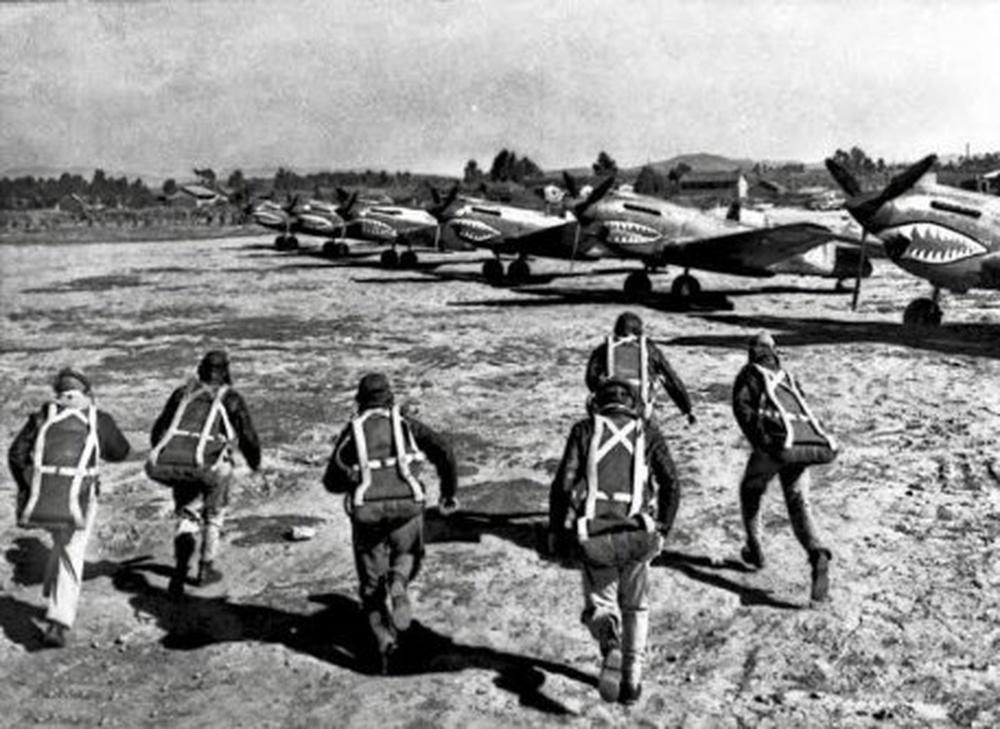
AeroGenie — Seu copiloto inteligente.
Tendências
Categories
The Future of Bus Travel in Dubai Amid Rise of Metro and Air Taxis
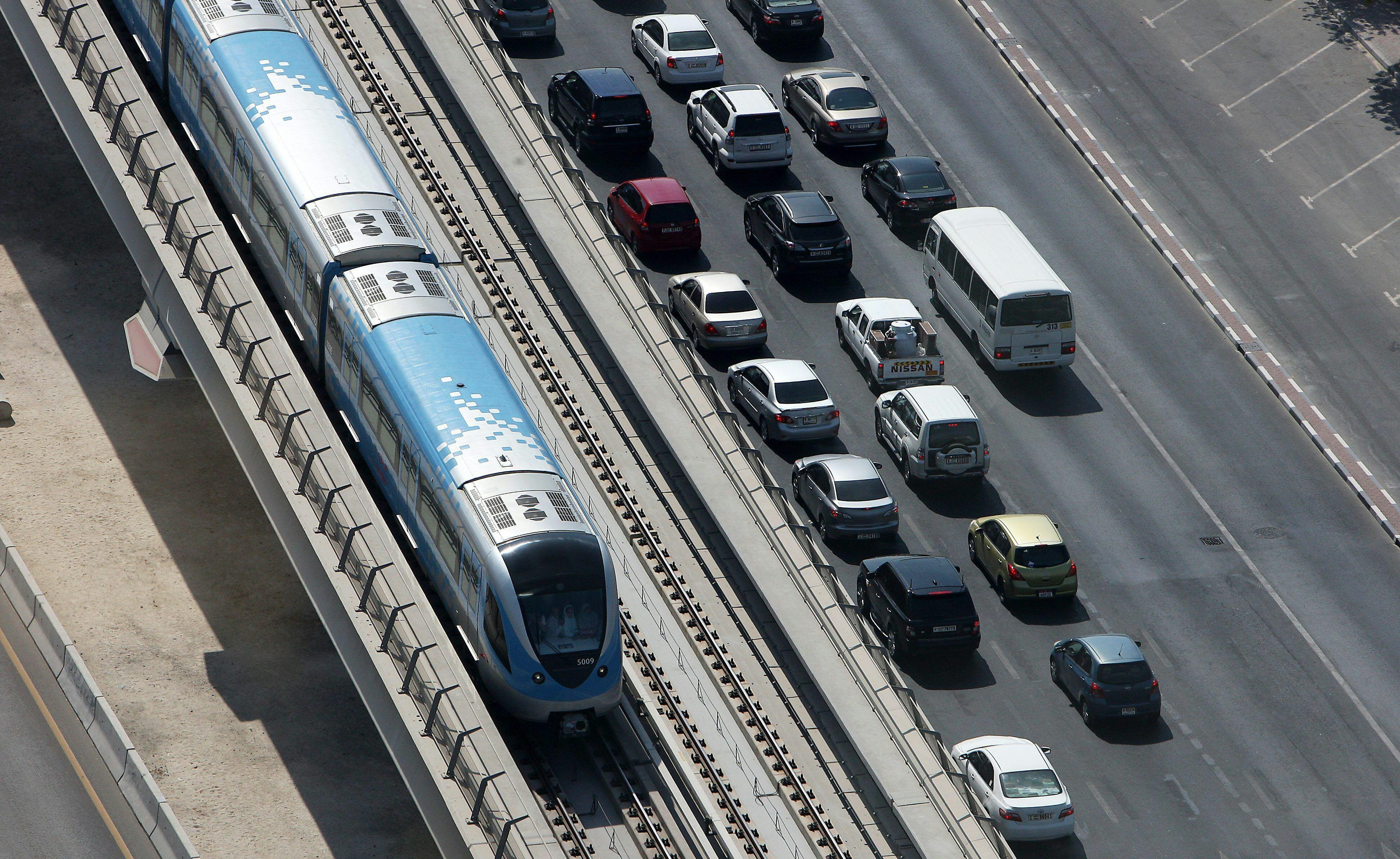
The Future of Bus Travel in Dubai Amid Rise of Metro and Air Taxis
Dubai’s transport landscape is undergoing a profound transformation as the city embraces cutting-edge mobility solutions. The expansion of the Dubai Metro, alongside the imminent introduction of autonomous robotaxis and electric air taxis, signals a shift toward faster, more futuristic modes of travel. Yet, amid these advancements, the traditional bus remains a crucial element of the emirate’s public transport network, offering flexibility and accessibility that fixed-rail systems and emerging technologies may not fully replicate.
Evolving Mobility in Dubai
The ongoing construction of the Metro’s Blue Line promises to enhance connectivity across the city, reducing dependence on surface transport and streamlining journeys to key destinations such as Expo 2020. In parallel, Dubai is preparing to trial Pony.ai’s autonomous robotaxis by the end of 2025, with paid services expected to launch in 2026. The anticipated introduction of electric air taxis further underscores the city’s commitment to pioneering innovative transport solutions that could redefine urban mobility.
Despite these developments, buses continue to play an indispensable role in complementing rail and autonomous services. Globally, even cities with extensive metro and tram networks maintain robust bus systems, recognizing their unique advantages. Unlike fixed rail lines, buses provide greater route flexibility and can serve areas with lower population density, ensuring a more inclusive and comprehensive transport network.
The Enduring Role of Buses
Peter White, professor emeritus at the University of Westminster and author of Public Transport: Its Planning, Management and Operation, highlights the accessibility benefits of buses. He points out that metro stations often require navigating stairs and lifts, which can be a barrier for some passengers. White emphasizes the importance of maintaining bus routes parallel to new rail lines to minimize unnecessary transfers for short trips and to accommodate those unable to walk longer distances to metro stations, which are typically spaced farther apart than bus stops.
Dubai has responded to these challenges by upgrading its bus infrastructure, enhancing passenger comfort with modern amenities such as Wi-Fi and charging points. These improvements aim to sustain bus ridership by making the experience more convenient and appealing.
Experience from other cities reinforces the continued relevance of buses. Dr Alexander Wray, a transport researcher at Western University in Canada, notes that following the introduction of a tram system in Kitchener-Waterloo, bus ridership actually increased. This growth was attributed to the reconfiguration of bus services to connect efficiently with tram stations and the provision of frequent, reliable service. Wray underscores that passengers value the ability to approach a stop and expect a vehicle within a short wait time, a factor that fosters confidence in public transit.
Challenges and Adaptation Ahead
As Dubai’s metro network expands and autonomous mobility options become more widespread, bus operators may face challenges in maintaining ridership levels. To remain competitive, they will likely need to focus on enhancing service quality and integrating new technologies that improve efficiency and passenger experience.
While the rise of metro lines and futuristic air taxis may alter the hierarchy of transport modes in Dubai, buses are expected to adapt and persist as a vital, flexible link within the city’s evolving mobility ecosystem. Their ability to serve diverse areas and provide accessible transit options ensures that buses will continue to complement the emirate’s ambitious vision for the future of urban travel.

Trump Administration Releases 10-Year Plan to Advance U.S. Air Power

China Advances Clean Energy in Transportation: Flying Taxis, Drones, and Bullet Trains
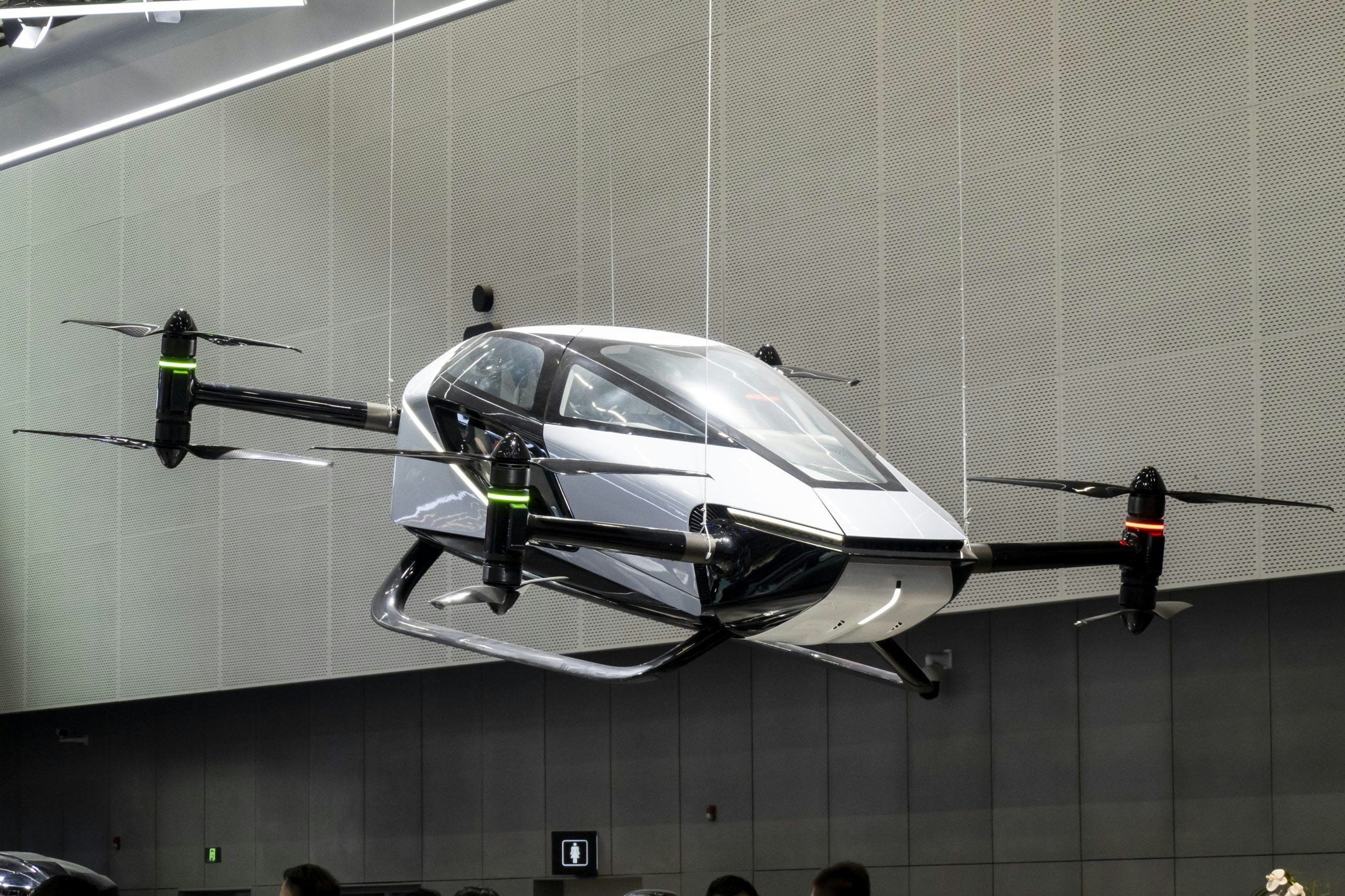
Trump Administration Plans to Expand Flying Taxi Programs
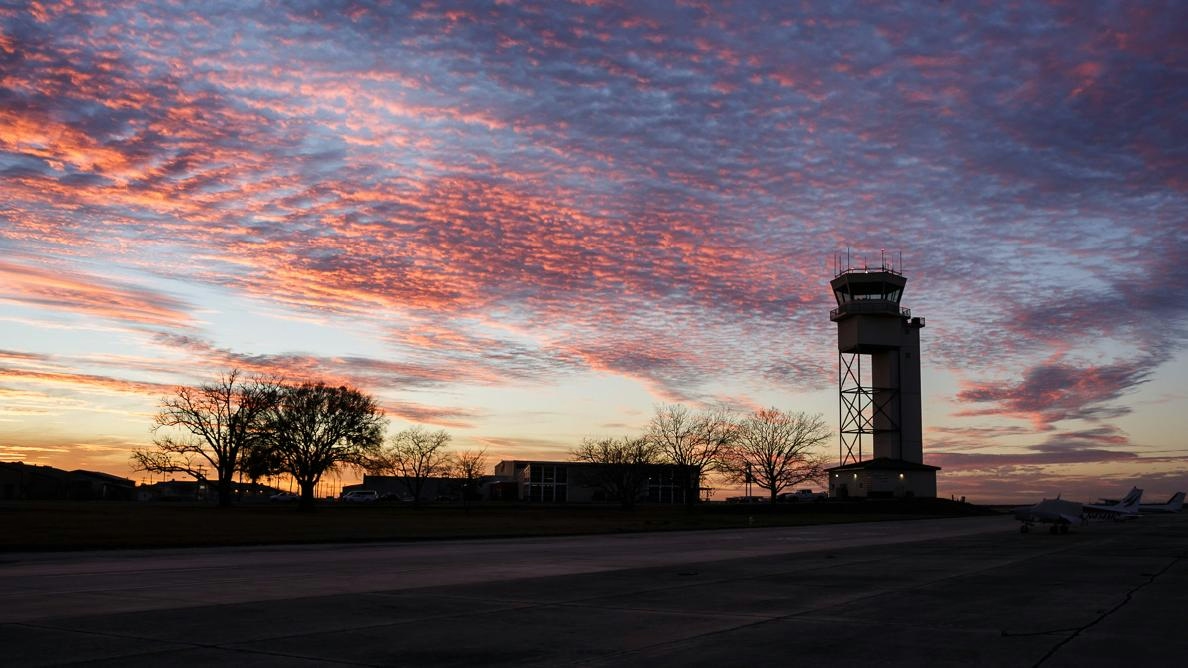
SWAPA Backs Bipartisan Aviation Funding Solvency Act

FLYYO Adopts CISEFA’s Training Management Software
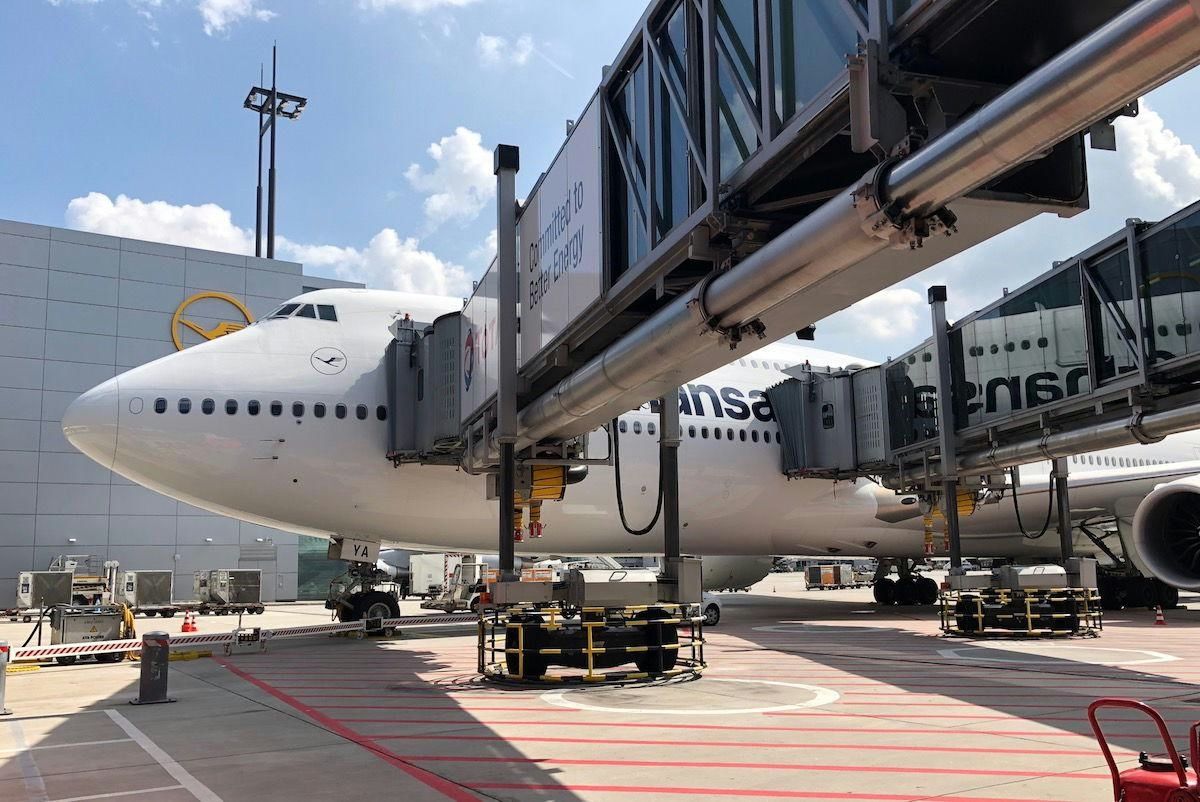
Lufthansa to Sell Two Boeing 747-8s to U.S. Government
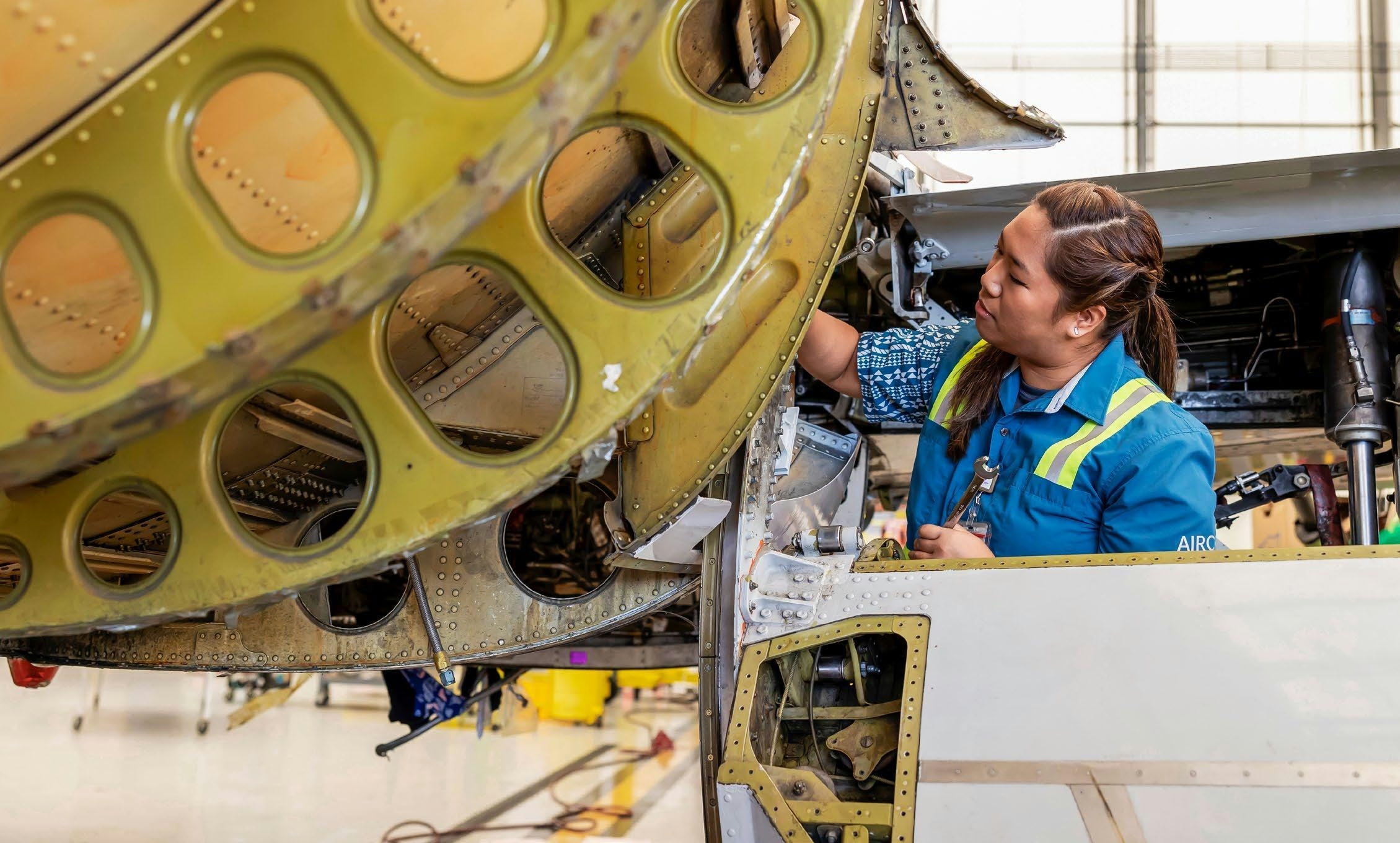
Hawaiian Airlines, Alaska Airlines, Par Hawaii, and Pono Energy Collaborate on Sustainable Aviation Fuel in Hawai‘i
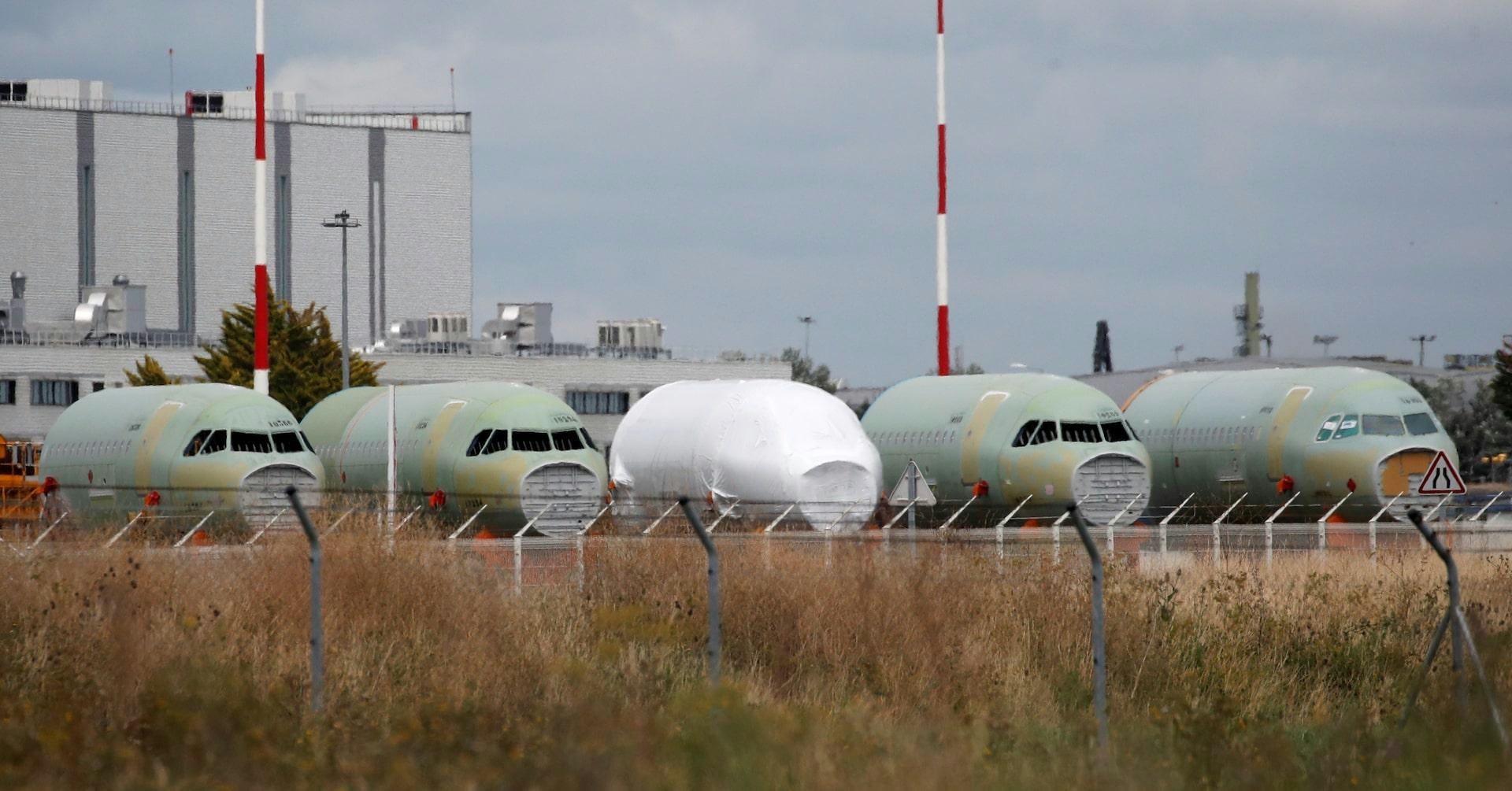
Regulator Orders Inspections of Select Airbus A320s Over Fuselage Flaw
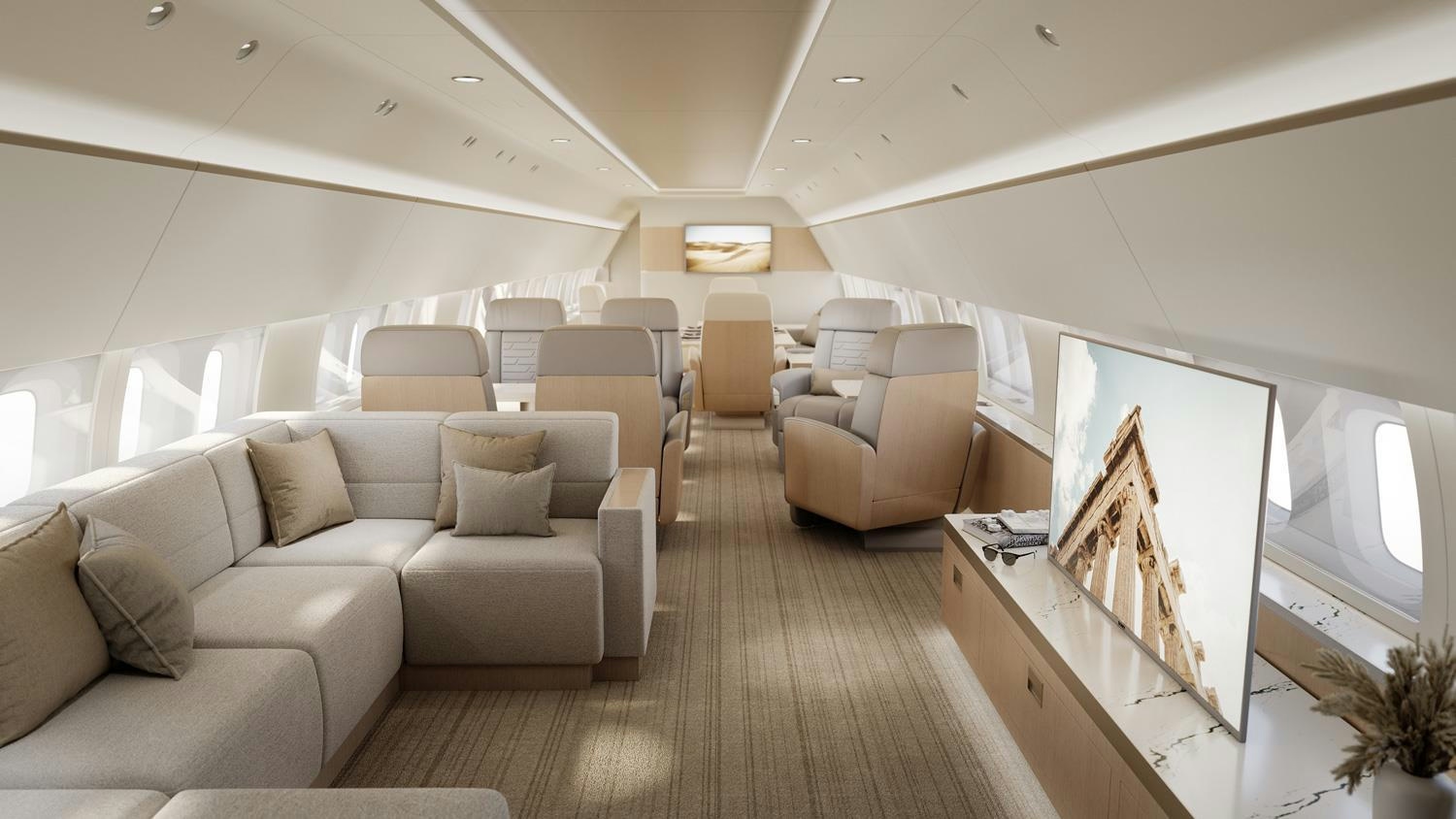
BizJet Interiors Zone to Highlight Innovation and Craftsmanship at AIX 2026
